In this week's edition
- ✍️ Letter from P'Fella
The Instagram Scam. - 🤓 The Sunday Quiz
Announcing the Winners! - 🖼️ Image of the Week
How to Design a Cervicofacial Flap. - 🚑 Technique Tip
Bilobed Flaps Done Right! - 📚 Book Review
"Local Flaps in Facial Reconstruction" by Shan R. Baker. - 🎓 The Fellow's Corner
Introduction: Meet Our Fellows! - 📖 What Does the Evidence Say
Better Cosmetic Outcome: Skin Graft vs. Flap on the Face - 🔥 Articles of the Week
Zitelli's Original Bilobed Flap, Overview of Local Flaps on the Face, & The Original Antia Buch Flap: With 1-Sentence Summaries. - 💕 Feedback
Suggest Ideas & Give Feedback!
A Letter from P'Fella
The Instagram Scam: Fake Plastic Surgeons
Instagram has become the Wild West of plastic surgery—a platform where credentials are optional, but the risks are real. This is more than misinformation; it’s malpractice waiting to happen.
Here's why 👇
A recent study revealed that out of 1,141 Instagram profiles claiming to belong to "plastic surgeons," nearly 28% were not certified by the American Board of Plastic Surgery (ABPS). Even more alarming, 22% had no formal training in plastic surgery whatsoever
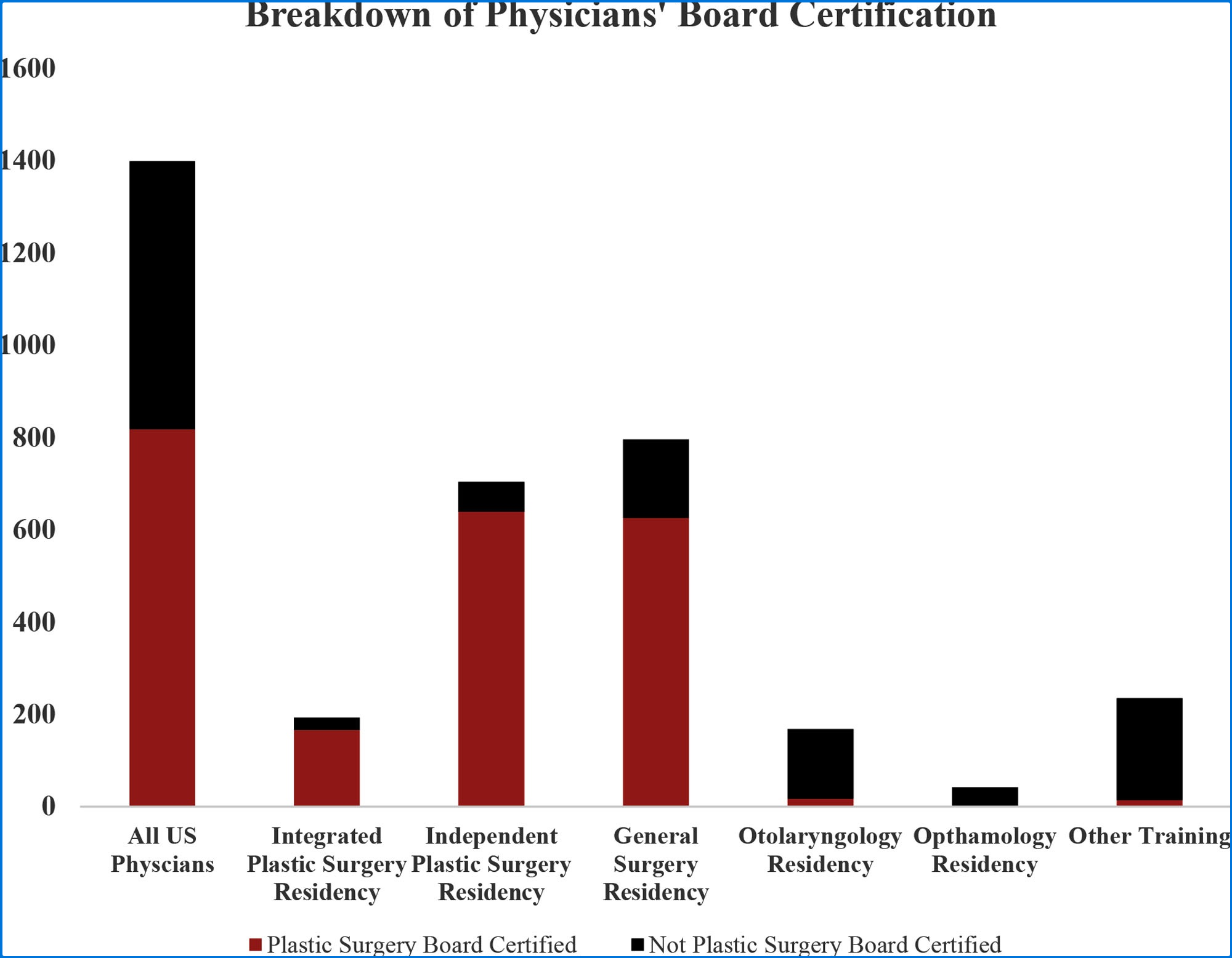
Think about it: nearly one in three so-called “plastic surgeons” on Instagram lacks proper certification. These impostors, some with zero training in plastic surgery, are marketing high-risk procedures like Brazilian butt lifts and tummy tucks. Patients often assume Instagram’s shiny aesthetics equal skill, but behind many of these accounts lies a dangerous lack of expertise.
Why Instagram Is the Perfect Playground for Frauds
The problem is systemic. Instagram’s algorithms reward viral content, not qualifications. Non-certified practitioners often have more followers than board-certified plastic surgeons, thanks to flashy posts and aggressive marketing. This imbalance makes them appear more credible to unsuspecting patients, who might choose visibility over verification.
The Solution?
Enough with passive awareness campaigns. A public database of board-certified surgeons and an Instagram “verified surgeon” badge can empower patients and expose frauds. Let’s protect our profession and patient safety.
What’s your stance? Reply to this email, would love to hear your thougthts.
With love,
P'Fella ❤️
p.s - thePlasticsFella Instagram is 🔥 these days.
The Sunday Quiz
*Drumroll🥁* Winners Announcement!
We're thrilled to announce the winners of this edition's quiz. After six rounds of questions on plastic surgery, our top scorers are AL, Nathan, Roscoe, Rehan, and Jcalvo.
Can the winners please reply to this newsletter or contact us 😄 Thank you to everyone who participated and stay tuned for more fun quizzes in future editions!
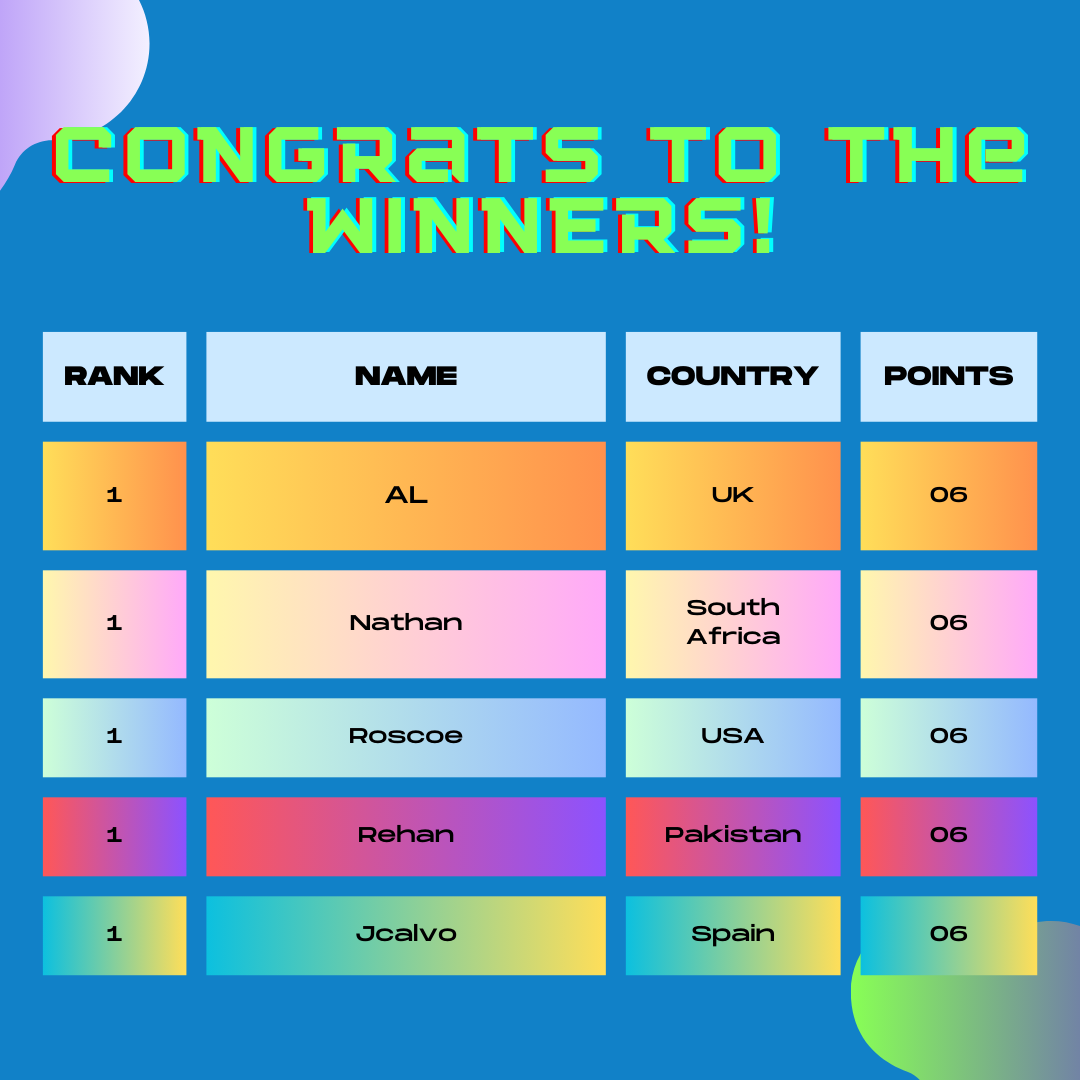
Here's the rest of the leaderboard!
Image of the Week
Designing a Cervicofacial Flap
In this section, we feature an anatomical illustration. This week, we’re looking at designing a cervicofacial flap.
The flap is elevated in the deep plane to preserve vascularity and reduce tension, ensuring optimal contour and coverage. Strategic planning along key landmarks (A-A' and B-B') allows for smooth rotation and precise defect closure, for both functional and aesthetic outcomes.
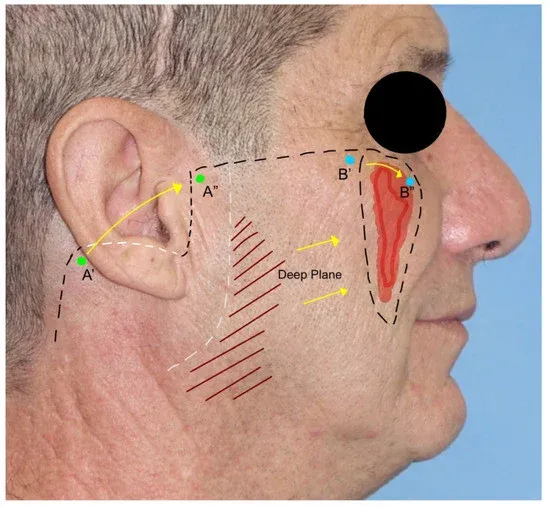
Technique Tip
Bilobed Flaps Done Right!
This week’s technique focuses on bilobed flaps; a common reconstructive option for nasal tip defects.
❗Mark the Defect: Measure the defect diameter (r).
❗Plan the Pivot Point: Position it one radius (r) away from the defect edge.
❗Design the Lobes: The first lobe is done at a 45° angle, same size as the defect. Second lobe is done at a 90° angle, slightly smaller.
❗Perform Surgery: Thin flaps for contour matching. Then close the secondary defect first and repair in layers to avoid distortion.
✅ Pro Tip: Follow the "3-2-1 Rule" (3 measurements, 2 angles, 1 pivot) for easy, precise design.
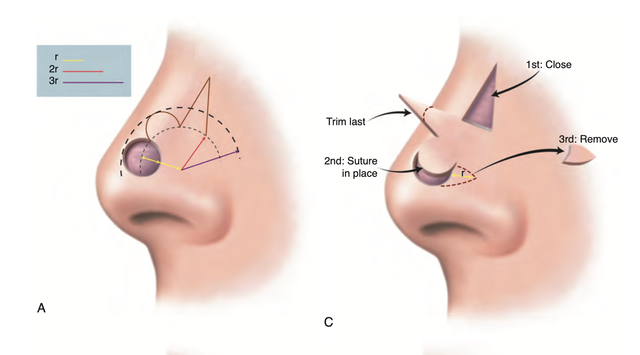
Book Review
"Local Flaps in Facial Reconstruction" by Shan R. Baker
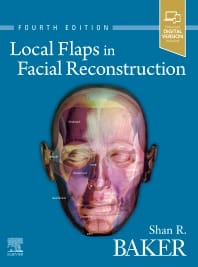
Local Flaps in Facial Reconstruction"
Hey there! If you're into facial reconstructive surgery, "Local Flaps in Facial Reconstruction" by Shan R. Baker is a fantastic resource. The book is loaded with clear, high-quality images that show patients before and after surgery.
The design of the flaps is explained in a way that's easy to follow, making it super helpful for both beginners and experienced surgeons. It’s practical, informative, and visually impressive — a great addition to your medical library.
the Fellows' Corner
It's Time to Meet Our Fellows!
We’re excited to introduce four incredible educational fellows who will be authoring articles and driving many of the projects you enjoy at The Plastics Fella! They bring a wealth of knowledge, expertise, and fresh perspectives to our platform.

What Does the Evidence Say?
Better Cosmetic Outcome: Skin Graft vs. Flap on the Face?
Local flaps demonstrate better skin quality, including improved hydration, sebum levels, and transepidermal water loss compared to skin grafts (Martinović et al., 2022). Patients report higher satisfaction with local flaps, particularly in terms of tissue coordination and skin color (Ebrahimi et al., 2015; Lee et al., 2017).
However, the choice of reconstruction technique should be tailored to the specific facial subunit and defect characteristics (Russo et al., 2017). In cases where local flaps are not feasible, skin-grafted muscle flaps can provide optimal contour and color match for facial reconstruction (Cordova et al., 2010).
Articles of the Week
3 Interesting Articles with 1 Sentence Summaries
Bilobed flaps effectively reconstruct the lower third of the nose, with design refinements minimizing tissue protrusion and improving aesthetic outcomes.
Local flaps, including V-Y advancement, nasolabial, and forehead flaps, deliver high success and cosmetic outcomes for facial defect reconstruction with minimal complications.
The chondrocutaneous advancement flap effectively reconstructs marginal ear defects by advancing the intact helical margin on a wide postauricular skin pedicle, ensuring a natural contour with minimal tissue use and operative time.


